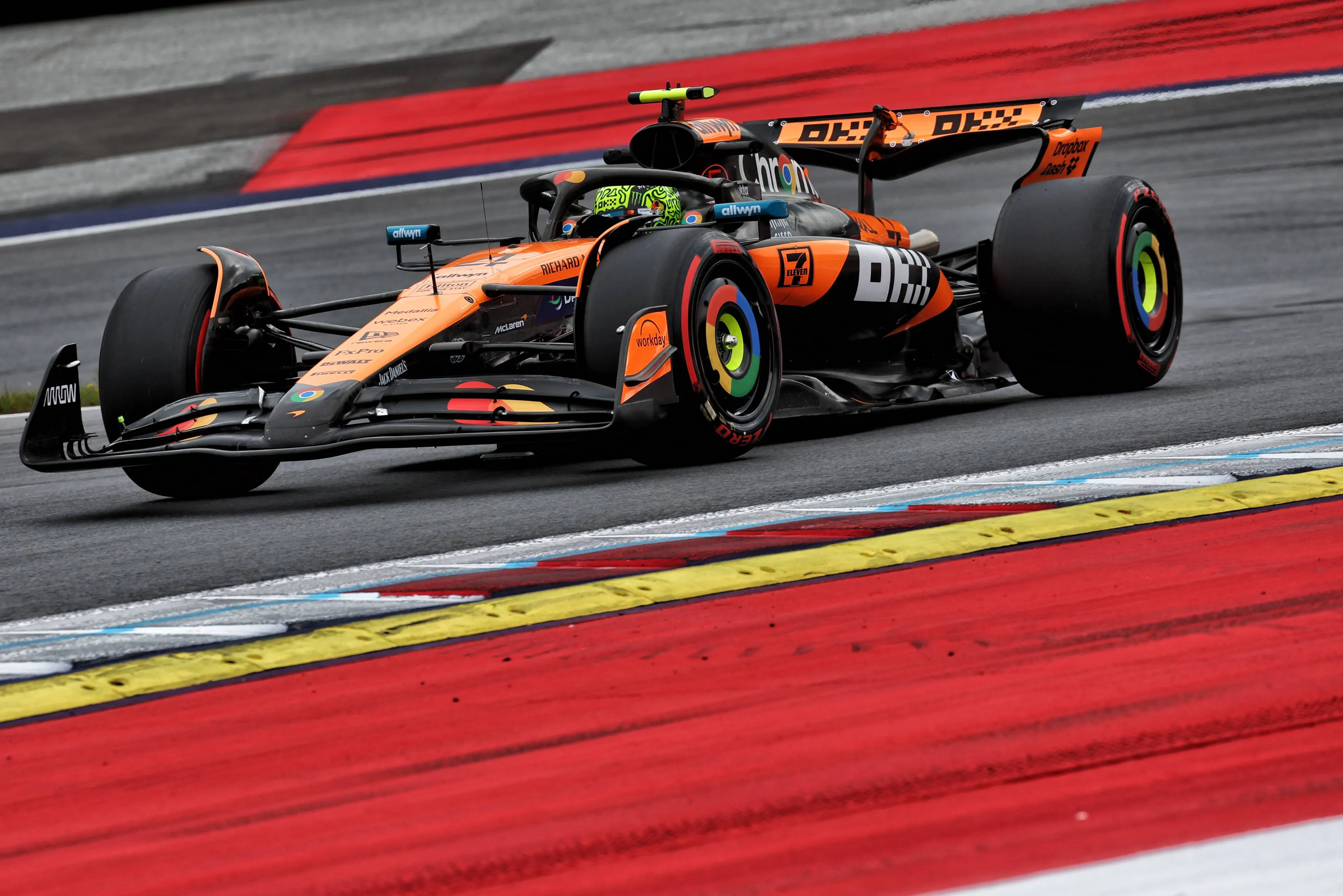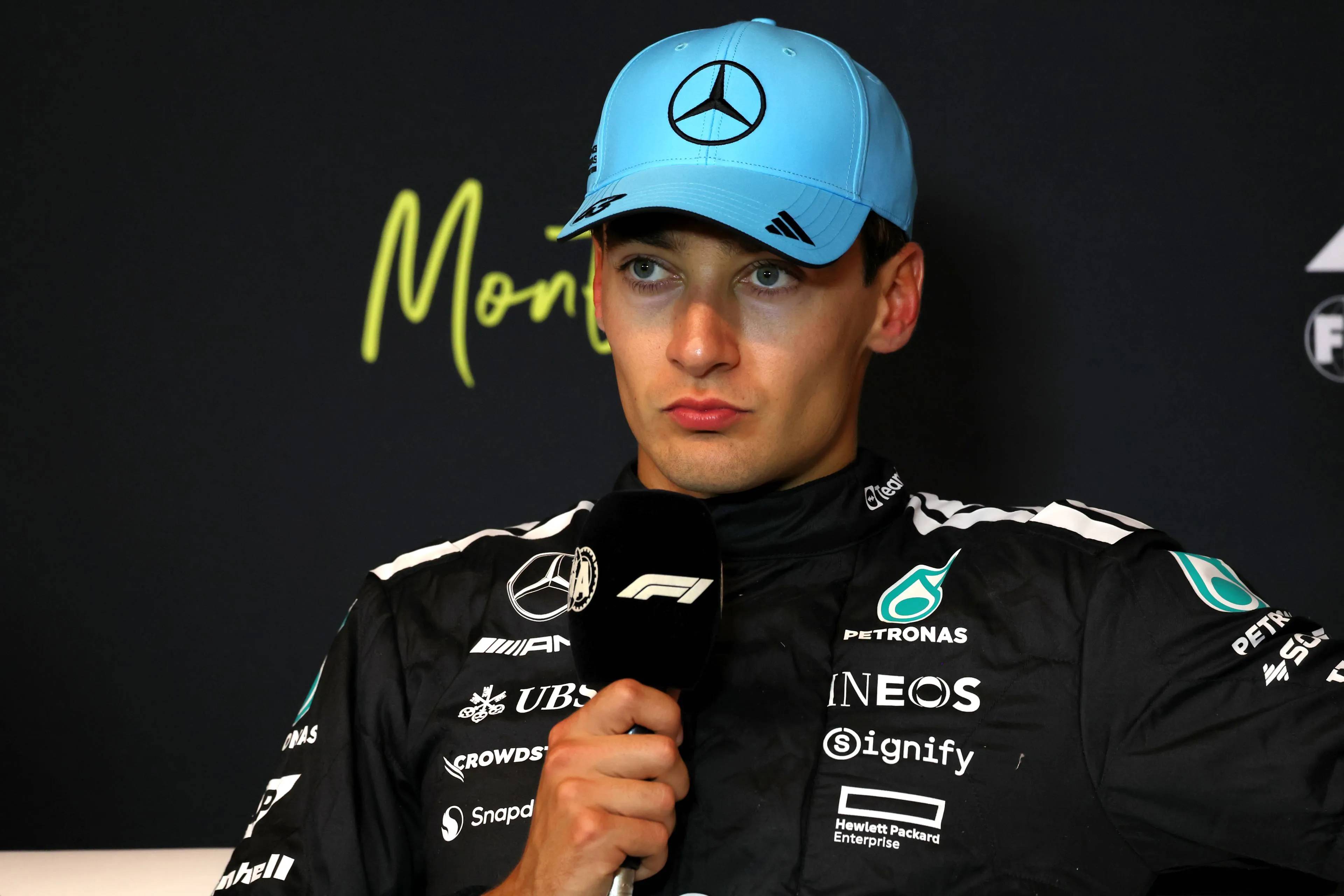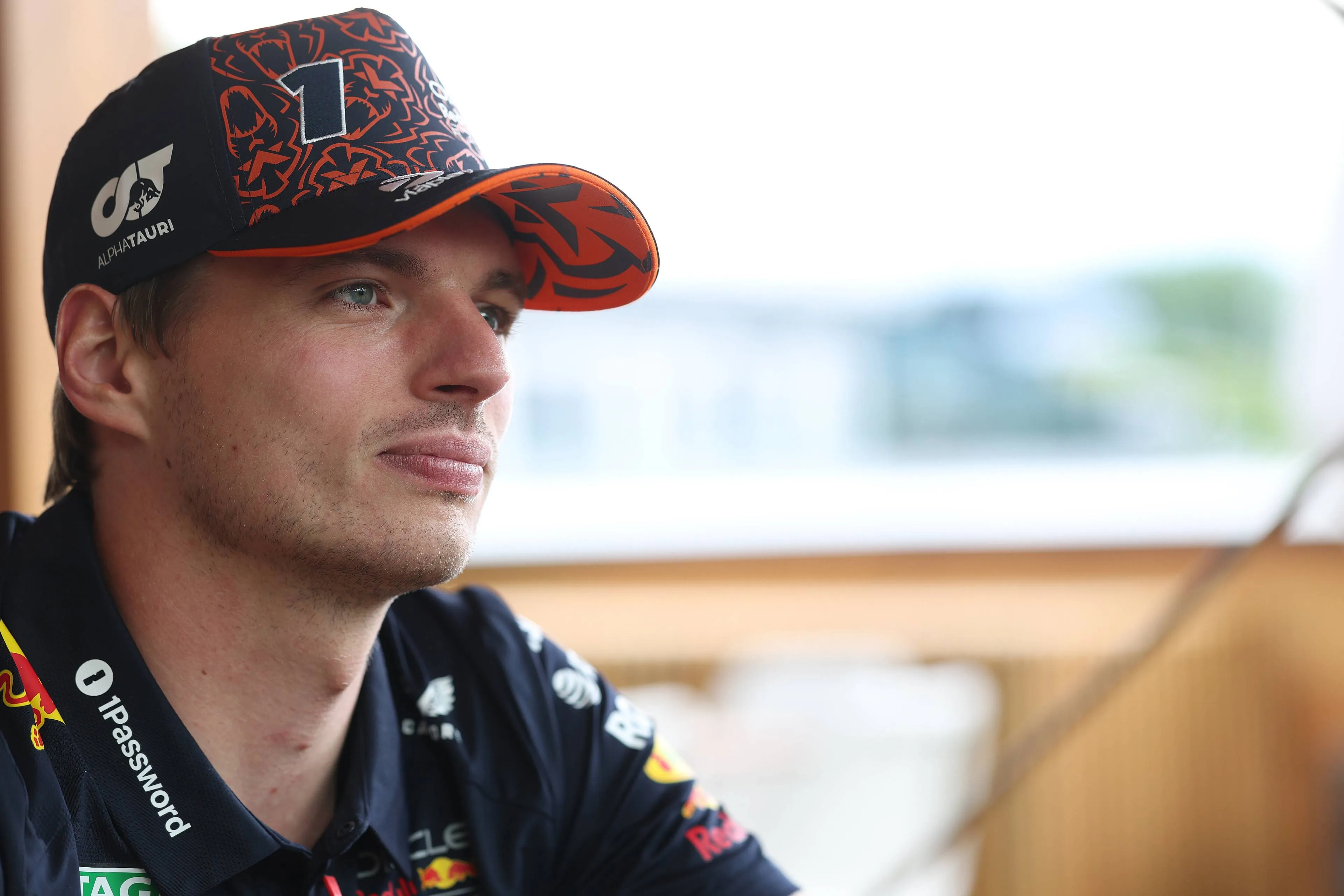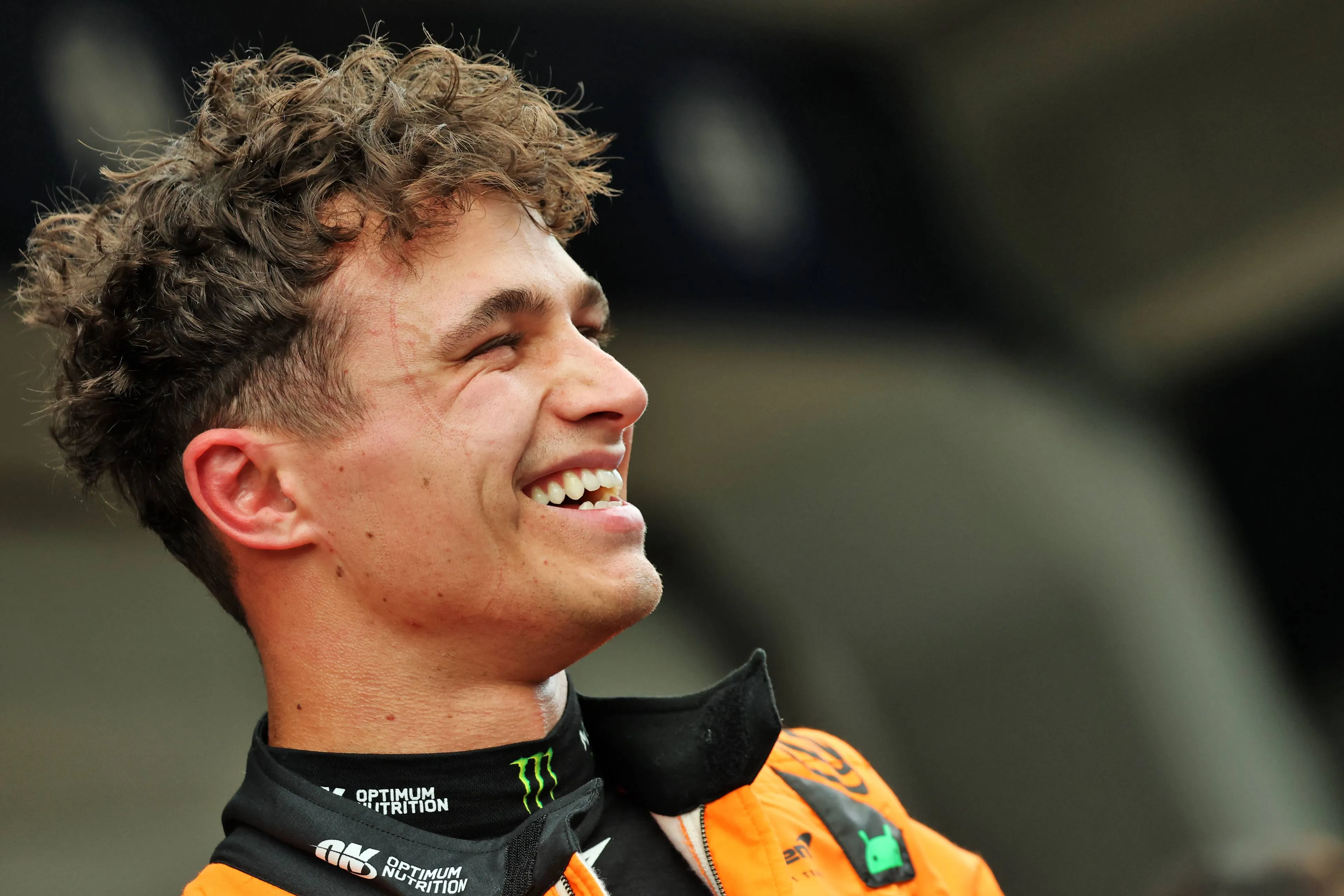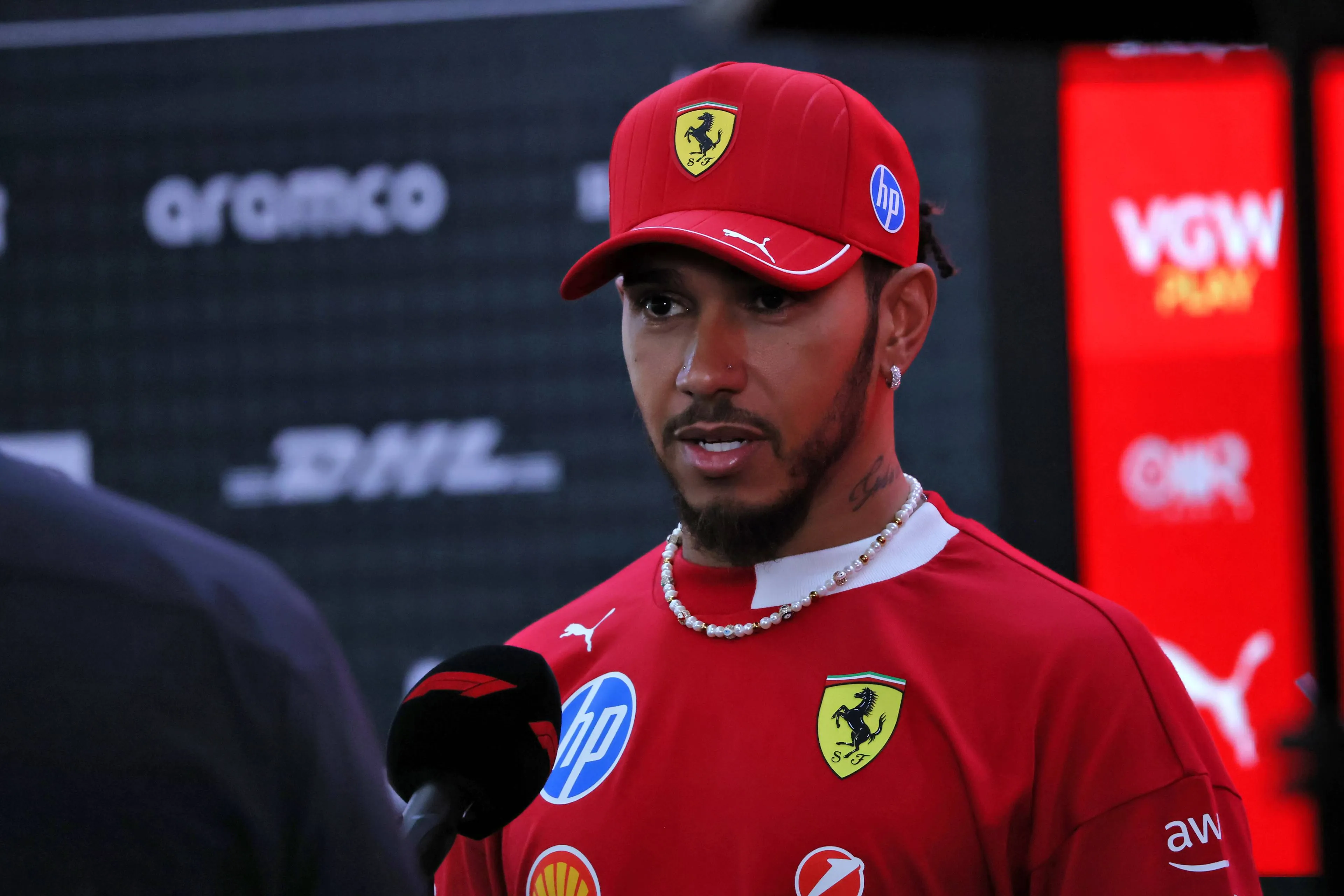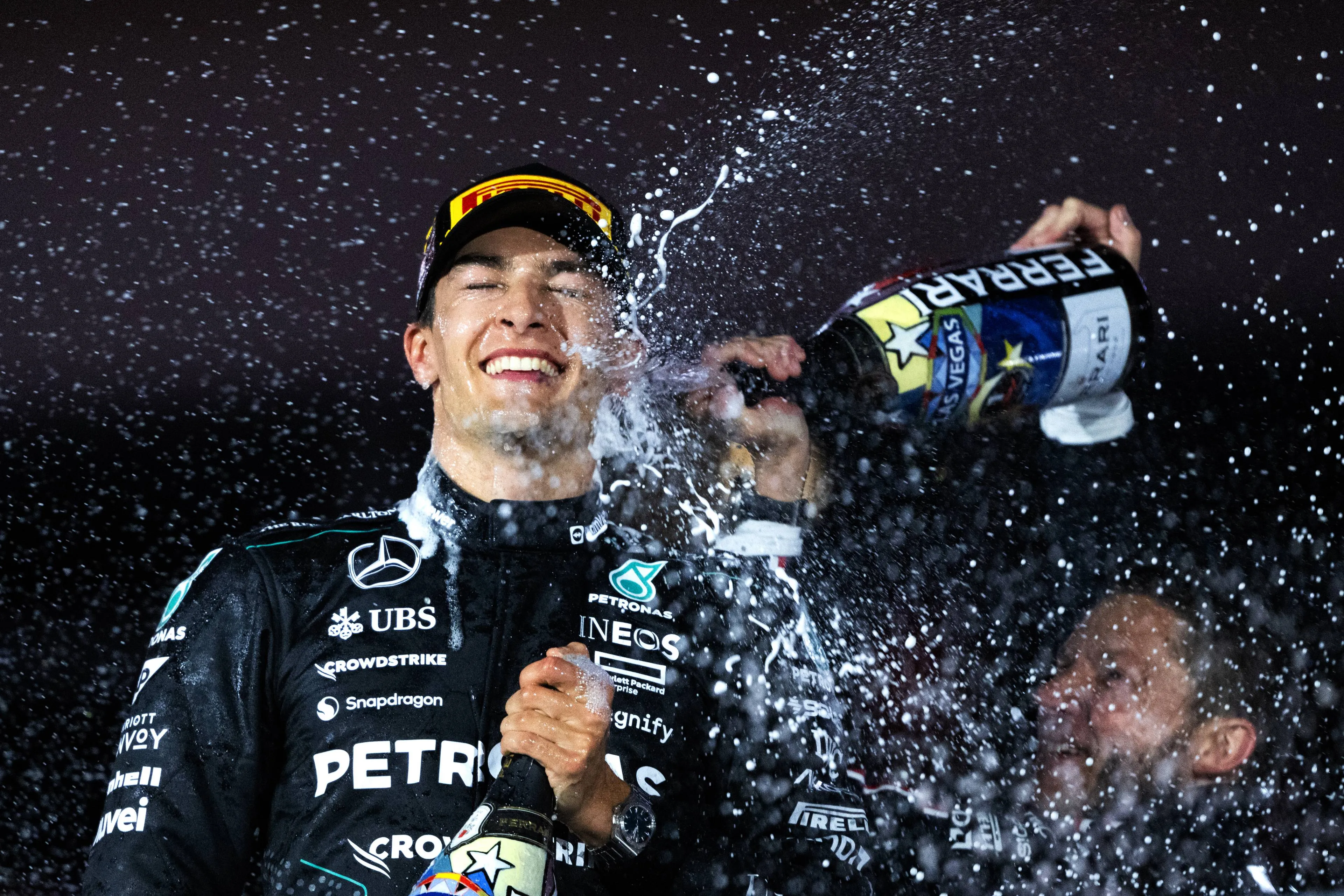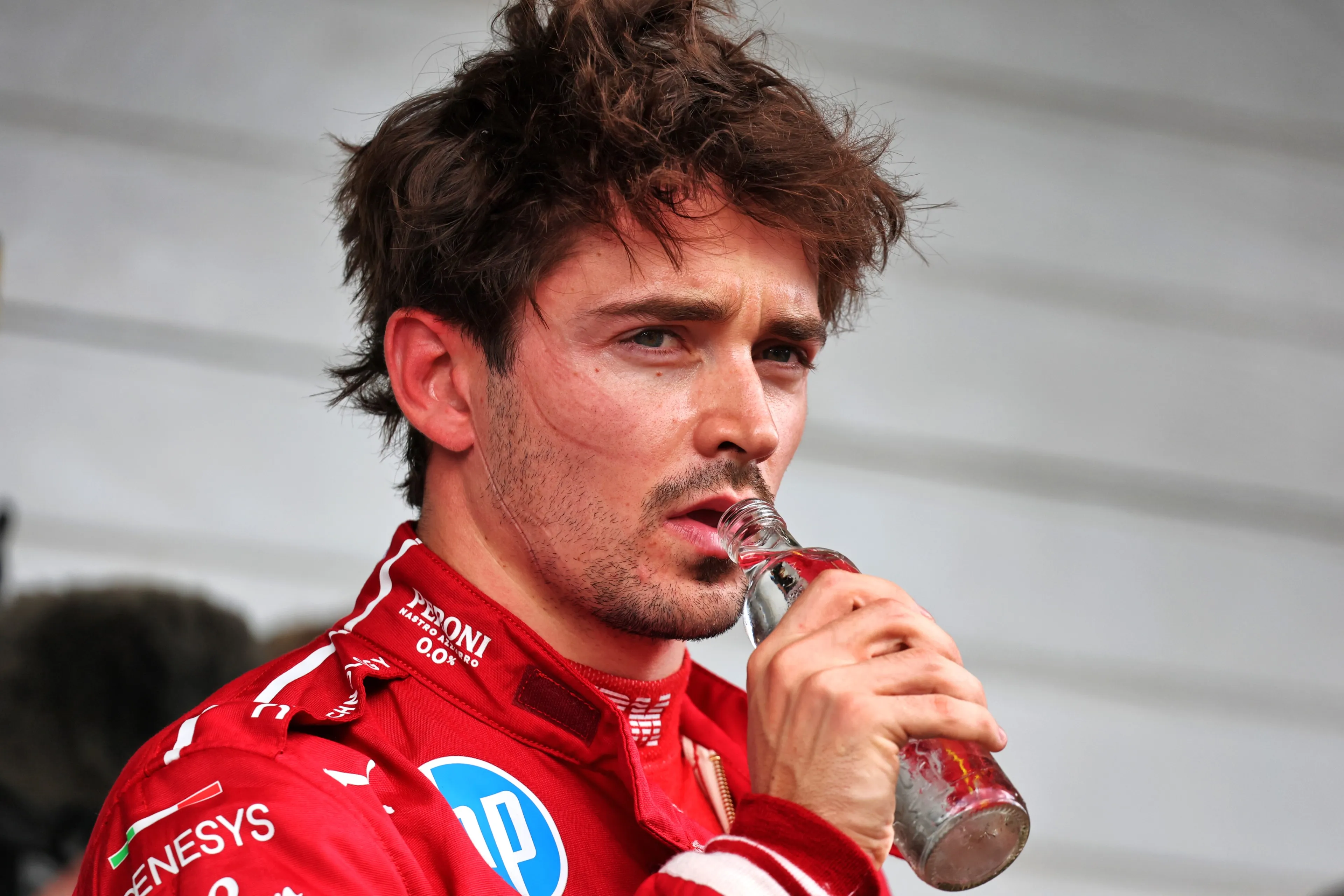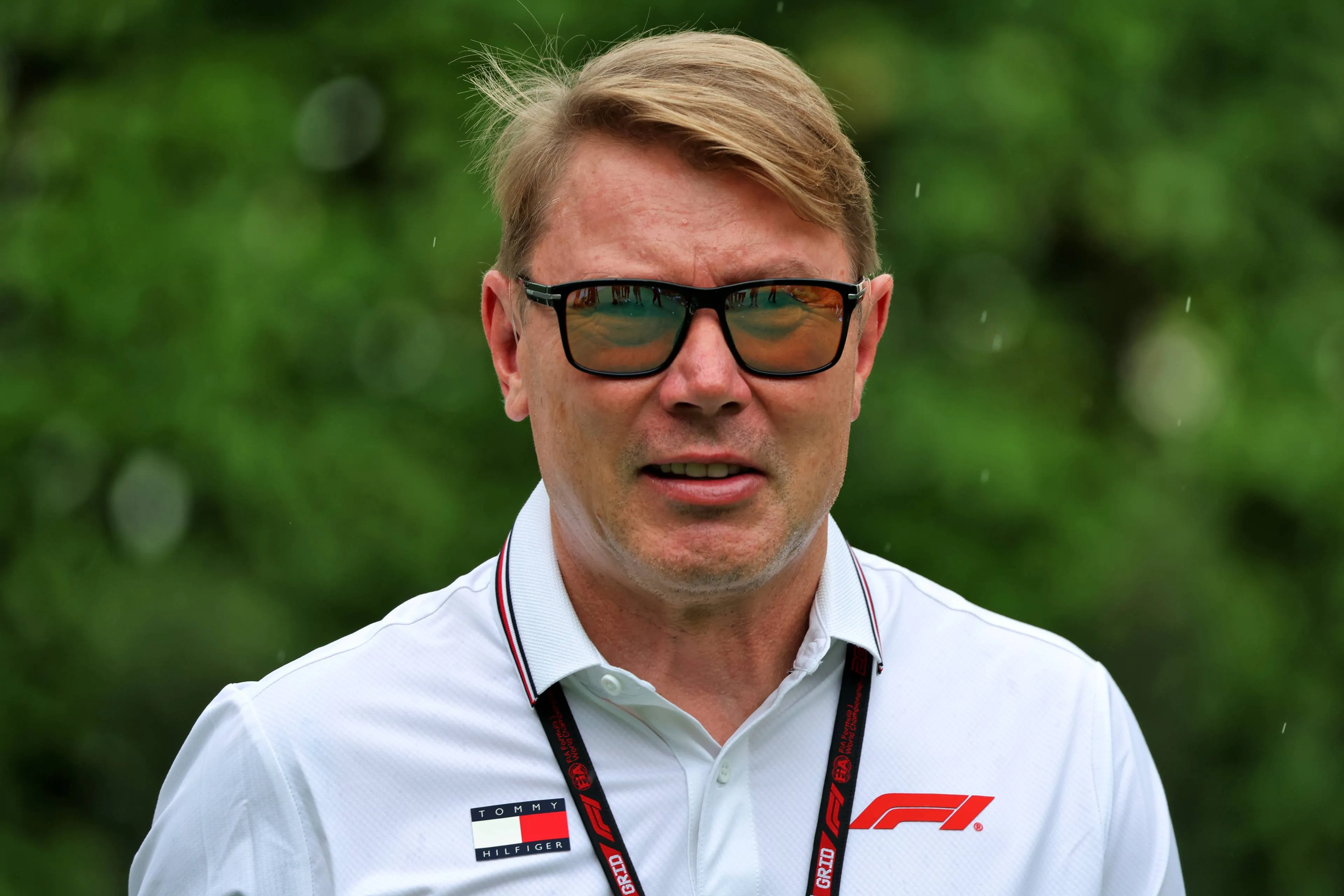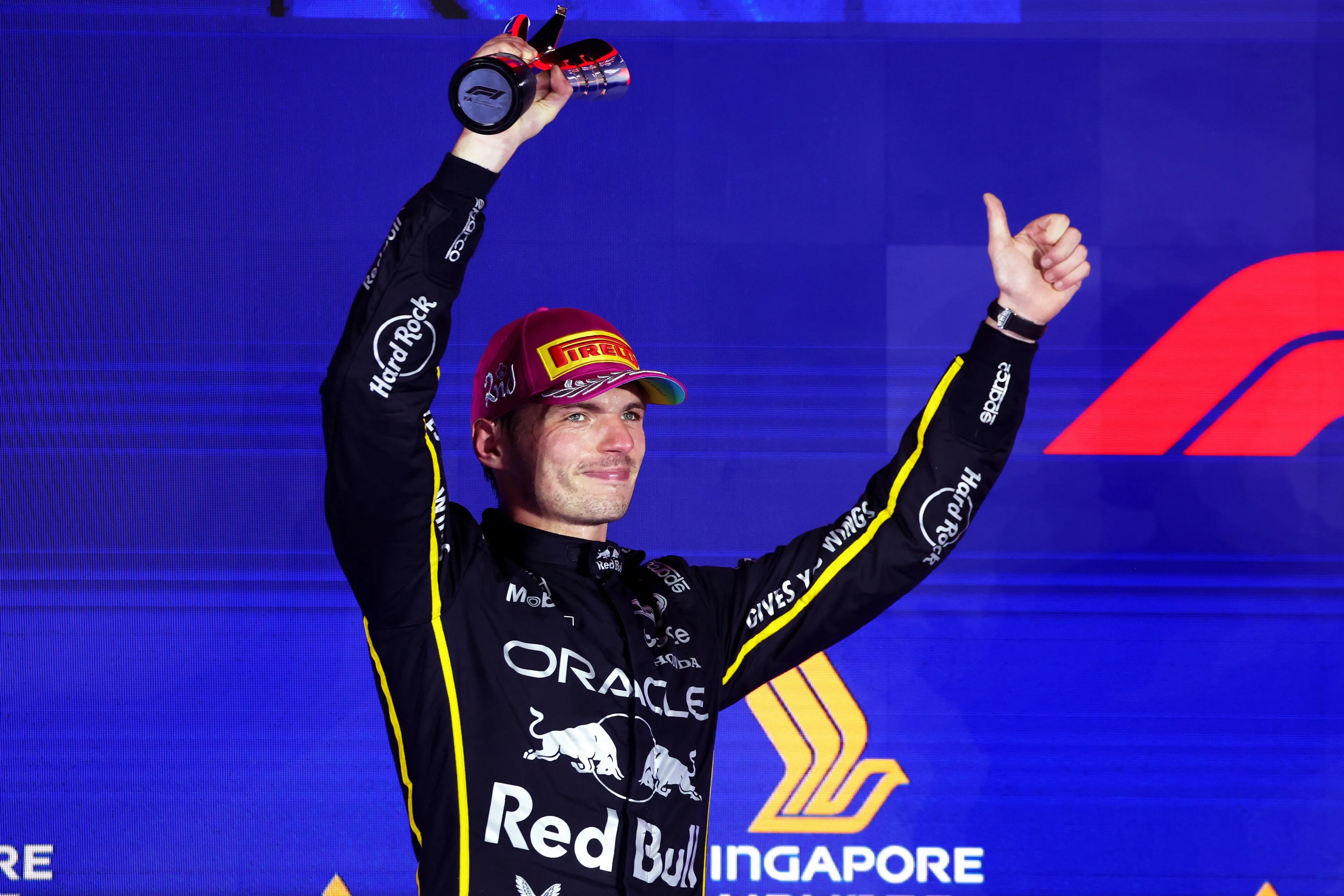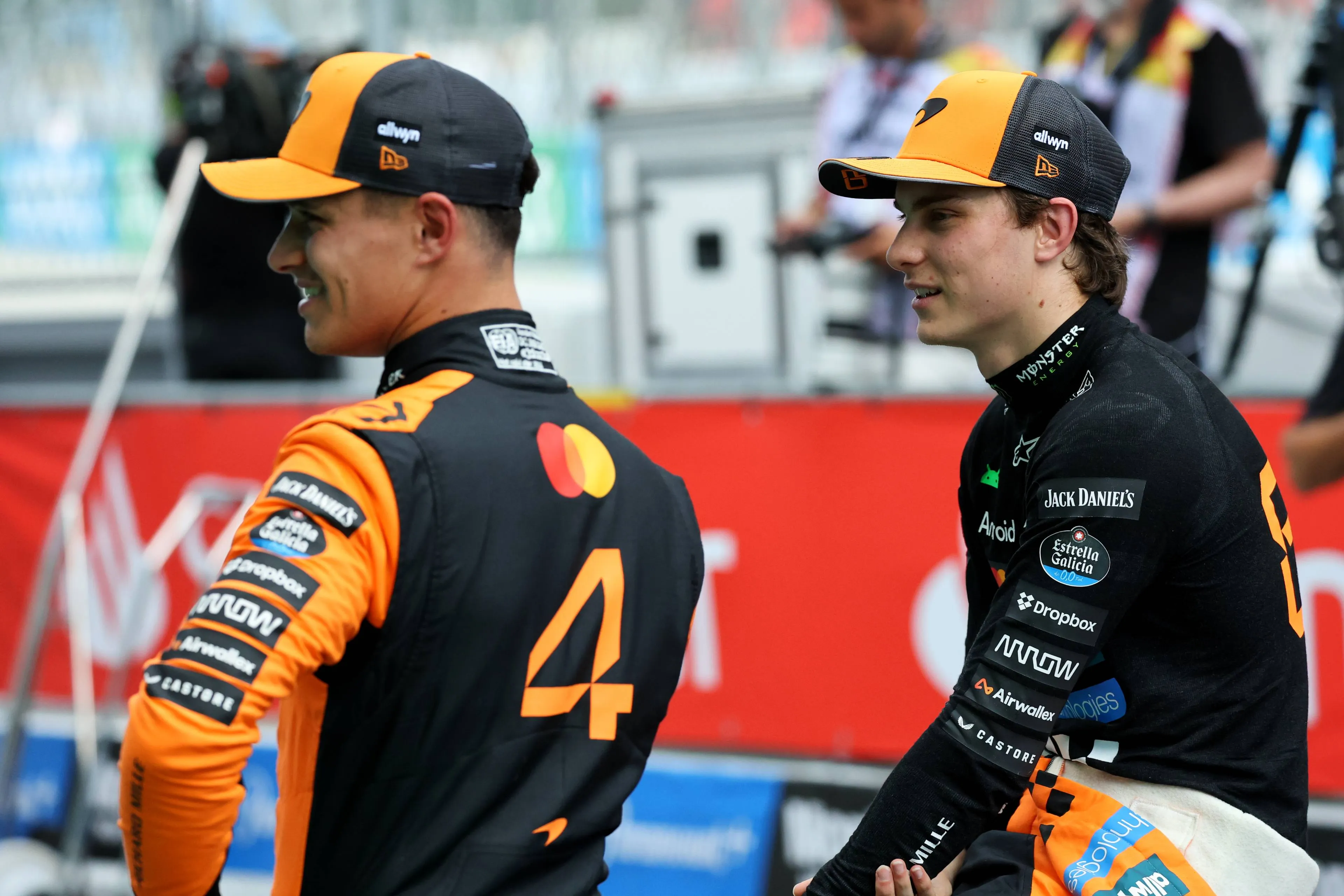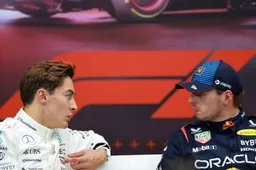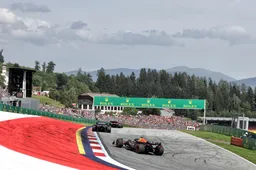F1 Tech | McLaren on rails, but can Ferrari challenge Verstappen?
09:39, 28 Jun
Updated: 11:04, 28 Jun
0 Comments
The first day of practice at the Red Bull Ring saw a very competitive McLaren, able to open quite a decent gap to Verstappen in P3. The two papaya-coloured cars were also the quickest in the long run simulations, but the fight behind them seemed extremely close, with Verstappen challenged by Mercedes and Ferrari.
McLaren with a big advantage on a short track
Despite having missed the first practice session, Norris demonstrated to have adapted quite quickly to the Austrian short and fast circuit, proving to be already on top after a few laps, both on the medium tyre and on the soft C5.
The MCL39 fitted extremely well the Austrian Circuit: the medium speed corners and the long high speed corners in sectors 2 and 3 exploit the McLaren car’s strengths, especially the stable aerodynamic platform and the high grip generated on the mechanical side on every compound.
The great level of downforce generated by the Venturi channels allowed both Norris and Piastri to be unmatched through the medium speed corners (like turn 1, 5,6 and 10), where also the stability between front and rear axle of the MCL39 contributed in making it even quicker over the single lap.
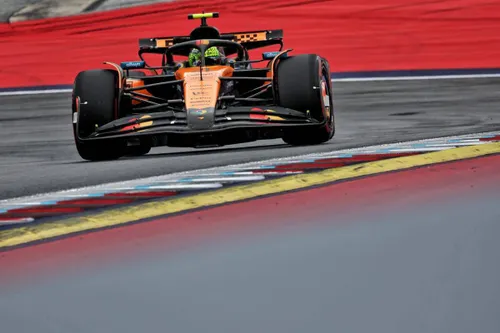
Norris during his fastest lap in FP2
The great aerodynamic stability inevitably translated into a perfect balance when fuel was loaded on the car: during the long run simulations, Norris and Piastri showed off super competitive lap times on the medium and on the hard respectively, being able to attack kerbs more than other drivers and always seeming in control of their car.
The teams also brought again the new front wing spec introduced in Canada this weekend: after several tests made during FP1, both drivers ran the new spec in FP2, proving the results seen on a “more conventional” kind of circuit were encouraging.
Moreover, Norris and Piastri tested different rear wing specs during FP2 (and FP1 on Dunne’s car): as already happened in Canada, Dunne tested the high downforce rear wing (a medium downforce version) during FP1, with Piastri running the lower downforce one.
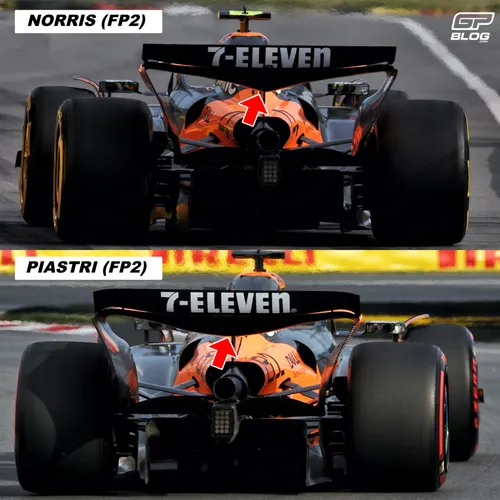
Norris and Piastri rear wings during FP2
In FP2, the drivers switched the rear wings: Norris adopted the lower downforce one, which provided higher top speeds on the straights, with Piastri running the higher downforce one. The difference didn’t seem big, the choice will probably depend on which spec better fits the conditions and track evolution for the rest of the weekend.
The kind of performance seen today, both in the qualifying simulations and in the long run sims, makes Norris and Piastri the favourites for this weekend, and a non-one-two in the race on Sunday would probably be a disappointing result for the team, based on what we saw on Friday.
Red Bull and Mercedes with a difficult day, Ferrari showed some steps forward
Moving on to analyse Red Bull's performance, they had quite a difficult Friday: Verstappen struggled a lot with understeer in medium speed corners in FP2, and his long runs on the soft tyre weren’t ideal either, with the tyres degrading quickly after a few laps.
Red Bull also brought a small upgrade to the floor edge for this race. The change concerned the floor edge connection to the floor at the very end of the “knife” element: the new solution has a much bigger slot, very similar to the Ferrari design, to increase the amount of flow directed towards the diffuser, increasing the downforce generated at the back end of the car.
Despite the very small change, the effective seemed positive, especially in FP1: Verstappen and Tsunoda were quite matched for the entire session, proving that the car was probably a bit easier to drive, but still with too much understeer for the 4-time-World Champion.
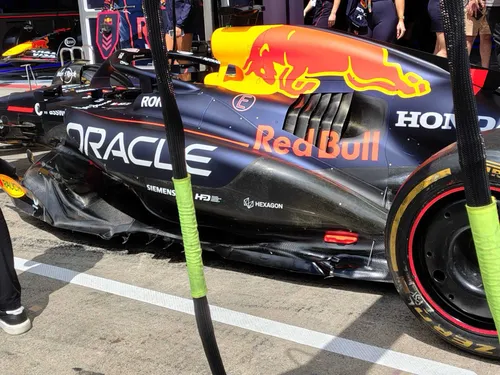
Red Bull new floor in Austria
Moving now on to analyse Ferrari performance, the Maranello team had a double sided Friday as well: Leclerc, who jumped in the car in FP2 after giving his car to Beganovic in FP1, seemed a lot more comfortable in the car, able to set the 5th fastest time around 6 tenths behind Norris in P1.
The Scuderia also brought a new floor to the Red Bull ring as well: the new component was characterised by little refinements and changes both to the floor fences, where the third element have been modified and to the floor edge, where some little changes have appeared.
This new element was mainly designed to solve the issues seen in the first half of this season, in particular the instability on the rear axle at slow and medium speeds. The first results from the track seemed encouraging, as the car behaved well despite the majority of high-speed corners.
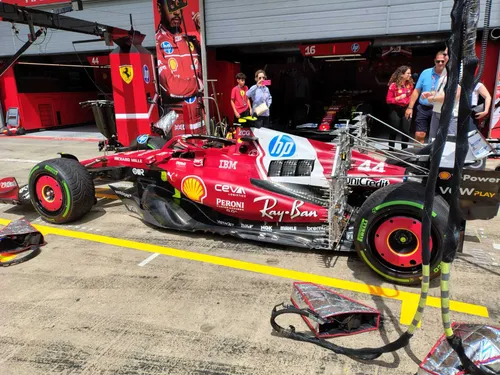
Ferrari revised floor edge and floor fences in Austria
Leclerc seemed much more confident than Hamilton, who struggled with grip for the whole day: the Monegasque was able to exploit the SF-25's strong front end to make the car rotate better through the slow speeds, while the high downforce generated by the floor made the car much more balanced through the high speeds.
Despite their race pace not being as fast as the two McLarens, they were very close to Verstappen in terms of lap times, with Leclerc in particular having a very strong and constant stint on the mediums during the second practice.
This could place them in a strong position against Verstappen and Mercedes, even if a lot will depend on other top teams’ ability to fine-tune their car and make a step forward before tomorrow.
Last but not least, Mercedes had a very strange weekend too: during the first practice, the W16 seemed to be very quick around the Austrian hills, with impressive lap times trough the first sector, where the very efficient medium downforce rear wing provided a very good top speed at the end of every straight.
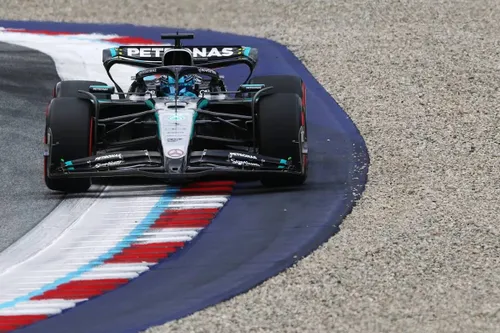
Russell during FP1
Despite the first good impression in FP1, the scenario quite changed in FP2, as both drivers struggled more on a less than ideal track for the W16: the abrasive asphalt and the rear limited nature of this layout make the Red Bull Ring a track that is anything but favourable to the Mercedes car, especially in race pace, where the rear tyres start to overheat.
The race pace simulations proved these impressions: Russell and Antonelli started their long run sims way better than others, in order to gain more data on the tyre degradation, a big weakness of their car since the beginning of the season. Their pace was, however, not impressive, as they ran around 2/3 tenths slower than the two McLarens, proving that they still need to do some hard work to fight against Ferrari and Verstappen for the rest of the weekend.
Read also
Read more about:
Rumors
Popular on GPBlog
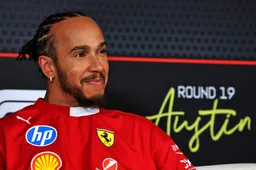
1
F1 makes it official: Hamilton can swap number 44 come 2026
5871 times read
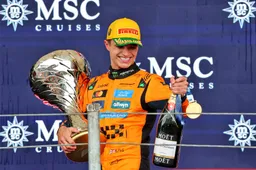
2
Norris breaks 30-year Schumacher record as he extends winning run
4698 times read

3
Former F1 driver takes AI-driven car challenge in showcase event
759 times read
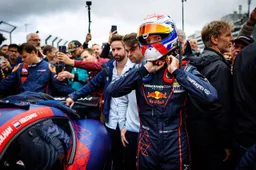
4
Verstappen GT success helps trigger unprecedented rule change
689 times read
Loading
